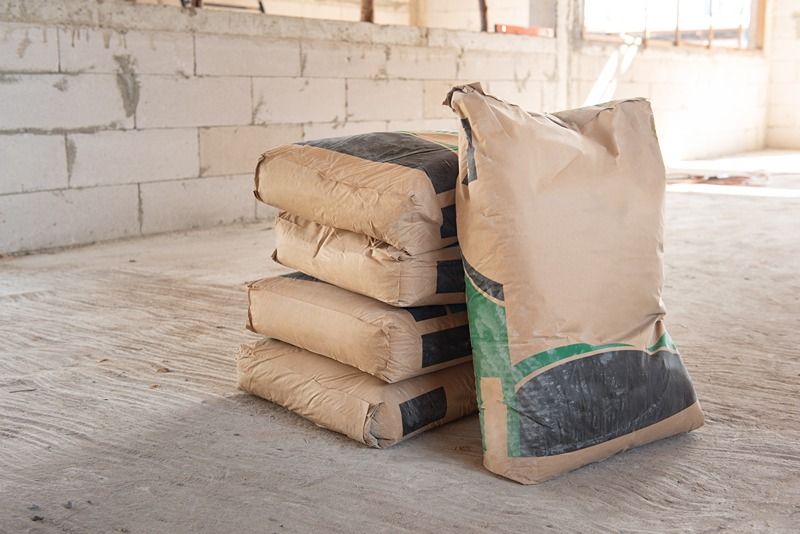For micro, small, and medium enterprises (MSMEs) in India's construction sector, purchasing cement online offers convenience and access to a broader range of products. However, the absence of physical inspection necessitates a keen understanding of packaging indicators to ensure product quality and compliance. This guide outlines critical aspects to consider when evaluating cement packaging in online purchases.
1. Verify the ISI mark and licence number
The Indian Standards Institution (ISI) mark signifies adherence to quality standards set by the Bureau of Indian Standards (BIS). Each cement bag should display the ISI mark along with a unique licence number (e.g., CM/L-xxxxxxx), confirming the manufacturer's certification. This information is crucial for ensuring the cement quality and suitability for construction purposes.
2. Check the manufacturing date and batch number
Cement's strength diminishes over time due to moisture absorption. It's advisable to use cement within 90 days of manufacture. Ensure the packaging displays the manufacturing date and batch number, typically in the format of week, month, and year. This information helps in assessing the cement's freshness and planning its usage accordingly.
3. Confirm the net weight and packaging integrity
Standard cement bags in India typically weigh 50 kg. The packaging should clearly state the net weight, and the bag should be free from damage or signs of tampering. Intact packaging ensures the cement hasn't been exposed to moisture, which can compromise its quality.
4. Assess the type and grade of cement
Different construction projects require specific types and grades of cement, such as Ordinary Portland Cement (OPC) or Portland Pozzolana Cement (PPC). The packaging should clearly indicate the type and grade, ensuring it aligns with the project's requirements.
5. Evaluate the packaging material
Cement packaging materials, such as polypropylene (PP) woven sacks or multi-wall paper bags, play a role in protecting the cement from environmental factors. High-quality packaging materials prevent moisture ingress and reduce the risk of spillage during transportation. When purchasing online, review product images and descriptions to assess the packaging quality.
6. Look for storage and handling instructions
Proper storage and handling are vital to maintaining cement quality. Packaging should provide clear instructions, such as "store in a dry place" or "use no hooks," guiding users on best practices to preserve the cement's integrity.
7. Review the manufacturer's details
The packaging should display the manufacturer's name, address, and contact information. This transparency allows buyers to verify the manufacturer's credibility and facilitates communication in case of queries or issues.
8. Consider environmental certifications
Some cement manufacturers obtain environmental certifications, indicating sustainable production practices. While not mandatory, such certifications can be a testament to the manufacturer's commitment to environmental responsibility.
Conclusion
Purchasing cement online necessitates a meticulous review of packaging details to ensure product quality and compliance with standards. By focusing on the ISI mark, manufacturing date, packaging integrity, cement type, packaging material, handling instructions, manufacturer details, and environmental certifications, MSMEs can make informed decisions, ensuring the success and durability of their construction projects.




 +91 7208055523
+91 7208055523
 Help & support
Help & support
